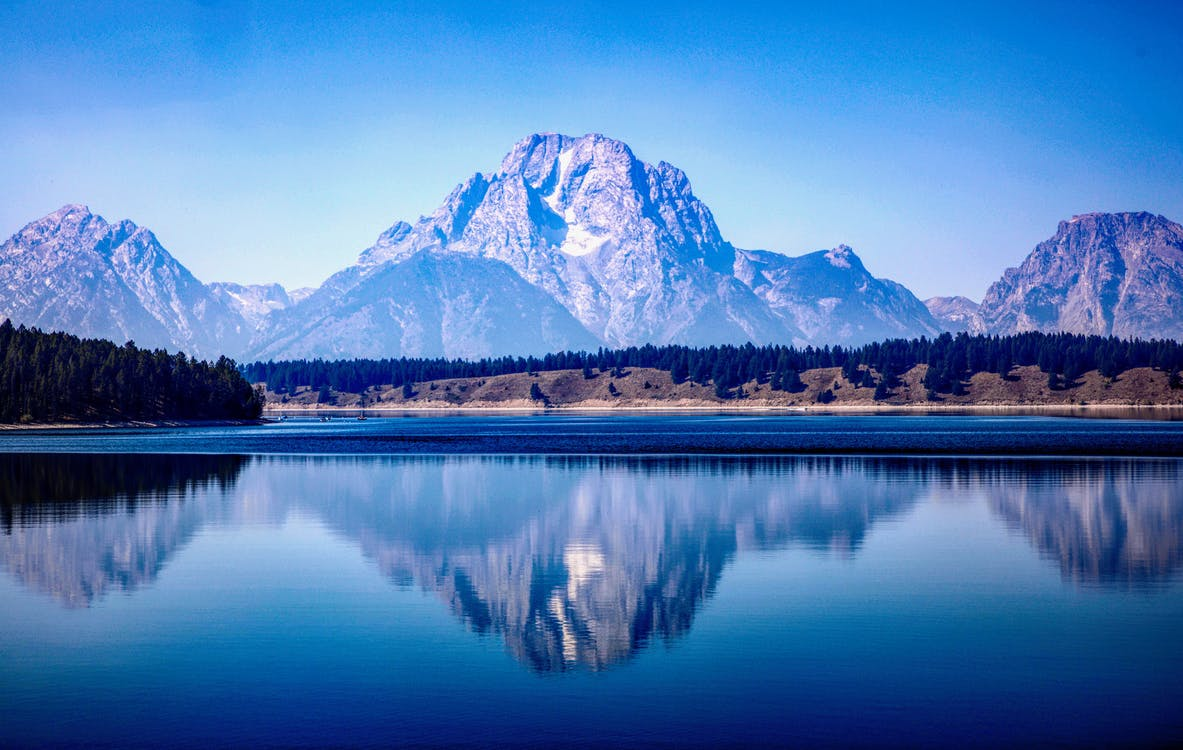Daily Insights Hub
Your go-to source for the latest trends and insights.
Chasing Shadows and Sunsets: The Wild World of Landscape Photography
Discover breathtaking landscapes with Chasing Shadows and Sunsets—your guide to capturing nature's beauty like never before!
The Art of Composition: How to Frame Stunning Landscape Photographs
The art of composition is crucial for capturing breathtaking landscape photographs. To truly frame stunning images, consider utilizing the Rule of Thirds, which suggests dividing your frame into nine equal parts with two horizontal and two vertical lines. By placing the horizon along one of the horizontal lines, and key elements of the landscape at the intersections, you create a balanced and engaging composition that draws the viewer's eye. Additionally, incorporating leading lines, such as roads or rivers, can guide viewers through the scene, enhancing the overall narrative of your photograph.
Another essential aspect of composition is the use of framing. Surrounding your subject with natural elements, like trees or rocks, can add depth and context, making your landscape more immersive. Don't be afraid to experiment with different angles and viewpoints; sometimes, the most stunning compositions arise from unexpected perspectives. Lastly, pay attention to the light, as it can dramatically alter the mood and tone of your shot. Capturing landscapes during the golden hour, shortly after sunrise or before sunset, can transform an ordinary composition into something truly extraordinary.

Exploring the Golden Hour: Timing Your Shots for Magical Light
The Golden Hour is a magical time for photographers, occurring shortly after sunrise and just before sunset. During this period, the sunlight takes on a warm, soft quality, casting beautiful tones and creating dramatic shadows that enhance the overall mood of your photographs. To make the most of this enchanting light, it's essential to plan your shoots. A simple way to do this is by checking local sunrise and sunset times, which can help you arrive on location prepared. Consider arriving early to scout your composition and set up your gear, ensuring you’re ready to capture those fleeting moments of perfect light.
While the Golden Hour is renowned for its stunning aesthetic, timing is everything. The light during this period changes rapidly, so be vigilant and adaptable. To take full advantage of these conditions, consider the following tips:
- Use a tripod: This will help maintain stability as lighting conditions fluctuate.
- Experiment with angles: The position of the sun can create unique opportunities for dramatic effects, such as backlighting or lens flares.
- Take multiple shots: Since the Golden Hour lasts only a short while, don’t hesitate to take several images to ensure you capture the best possible moment.
Essential Gear for Landscape Photography: What Every Photographer Should Own
When it comes to landscape photography, having the right gear is crucial for capturing stunning images that showcase the beauty of nature. At the very least, every photographer should invest in a high-quality DSLR or mirrorless camera with a range of lenses. A versatile zoom lens, such as a 24-70mm, can help you capture wide vistas as well as detailed shots of specific elements within the landscape. Additionally, consider acquiring a sturdy tripod to ensure stability during long exposure shots, especially in low light conditions or when shooting waterfalls and other moving elements.
In addition to your camera and lenses, there are several other essential pieces of equipment that can enhance your landscape photography. Filters, such as polarizers and neutral density (ND) filters, are invaluable for controlling reflections and managing exposure levels. A remote shutter release can help prevent camera shake during long exposures, while extra batteries and memory cards are essential for prolonged shooting sessions. Don't forget a lightweight backpack for easy transport of your gear, as well as a cleaning kit to ensure your lenses remain spotless for clear, beautiful images.